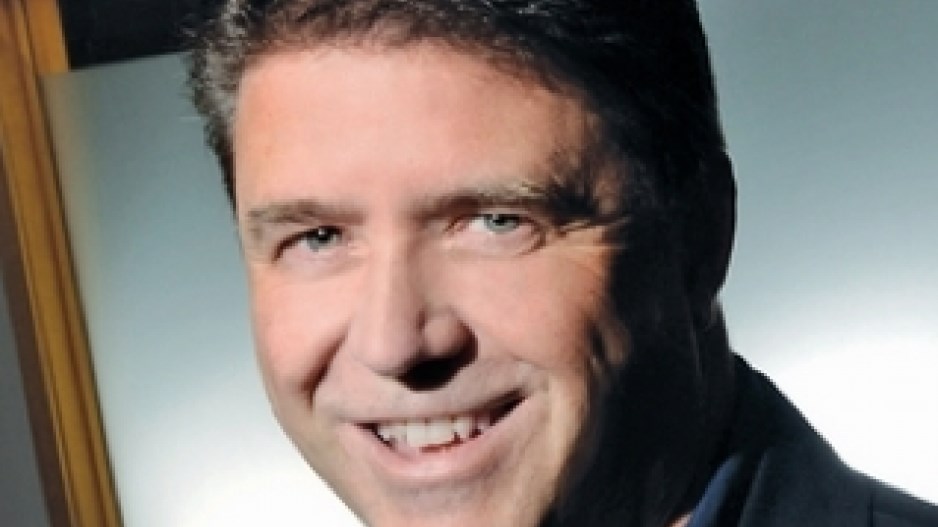Business in Vancouver’s “How I Did It” feature asks business leaders to explain in their own words how they achieved a business goal in the face of significant entrepreneurial challenges. In this week’s issue, Daryl Hatton, founder of FundRazr, talks about the challenge the Canadian crowdfunding startup faces in competing with U.S. competitors like Kickstarter and Indiegogo, and how he focused on niches not served by other sites to rank in the top 10 out of roughly 100 crowdfunding sites.
“I was trying to solve my own problem of collecting [sports fees] from my team, and I was looking for a business at the same time. I coached lacrosse and I was looking at how team members were using Facebook (Nasdaq:FB) and wondered whether I could use it to collect [team fees]. Kickstarter had started, but it’s not usable for anything but a creative or entrepreneurial project. So there was a bit of a gap in the market.
“I took a little bit of money and hired a development team. The first version was 2009. Because of major changes in the Facebook platform, we had to pretty much abandon the first version and start again. The game companies, like Zynga, were doing such damage to the quality of the Facebook platform that Facebook had to really control what was going on, and in doing that they pretty much choked the life out of us.
“Fortunately PayPal looked at us and said, ‘You guys seem to know how to make this work – we can’t make it work at all. So how about you guys write the next version of the product, we help you design it and we’ll help you market it.?’
“We’re what we call a full-spectrum crowdfunding site, which means you can raise money for almost any kind of cause. Julian Assange, Edward Snowden, Pussy Riot – some major names in the world are using us.
“It’s a huge challenge to try to compete on a world stage with a financial ecosystem that doesn’t support us in the same way as our competitors. Our American competitors have now raised between $35 million and $60 million of funding each. In comparison, we’ve raised about $750,000.
“The crowdfunding industry is going through an evolution. In the beginning, a lot of people went to the destination site – a Kickstarter or Indiegogo – because that’s where all the campaigns were. But crowdfunding is starting to become distributed, where it would go into the community where you need it.
“In the fall we started to talk with [Healthline.com] about this idea. It’s a brand-new concept of bringing crowdfunding into their media site. When somebody’s searching for information on, say, breast cancer, one of the pieces of information they might get is: ‘Here are the unexpected costs of breast cancer.’ By offering that up, they can also give them a way to solve that particular problem: ‘Have you tried crowdfunding?’
“This is crowdfunding as a service. No longer does somebody have to be a portal. They can just use crowdfunding as a tool to help them address their own community. We’re a world leader in that.”




